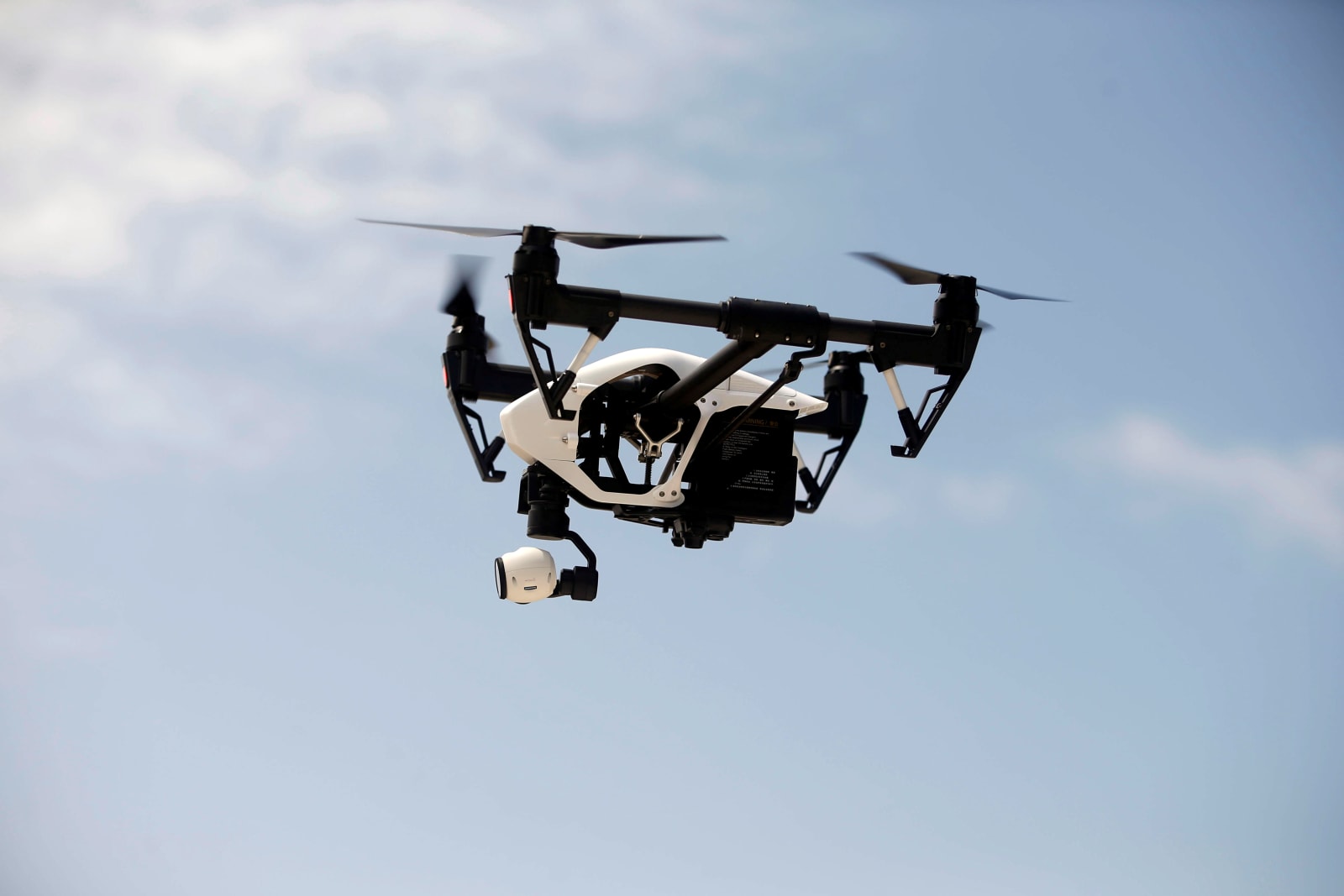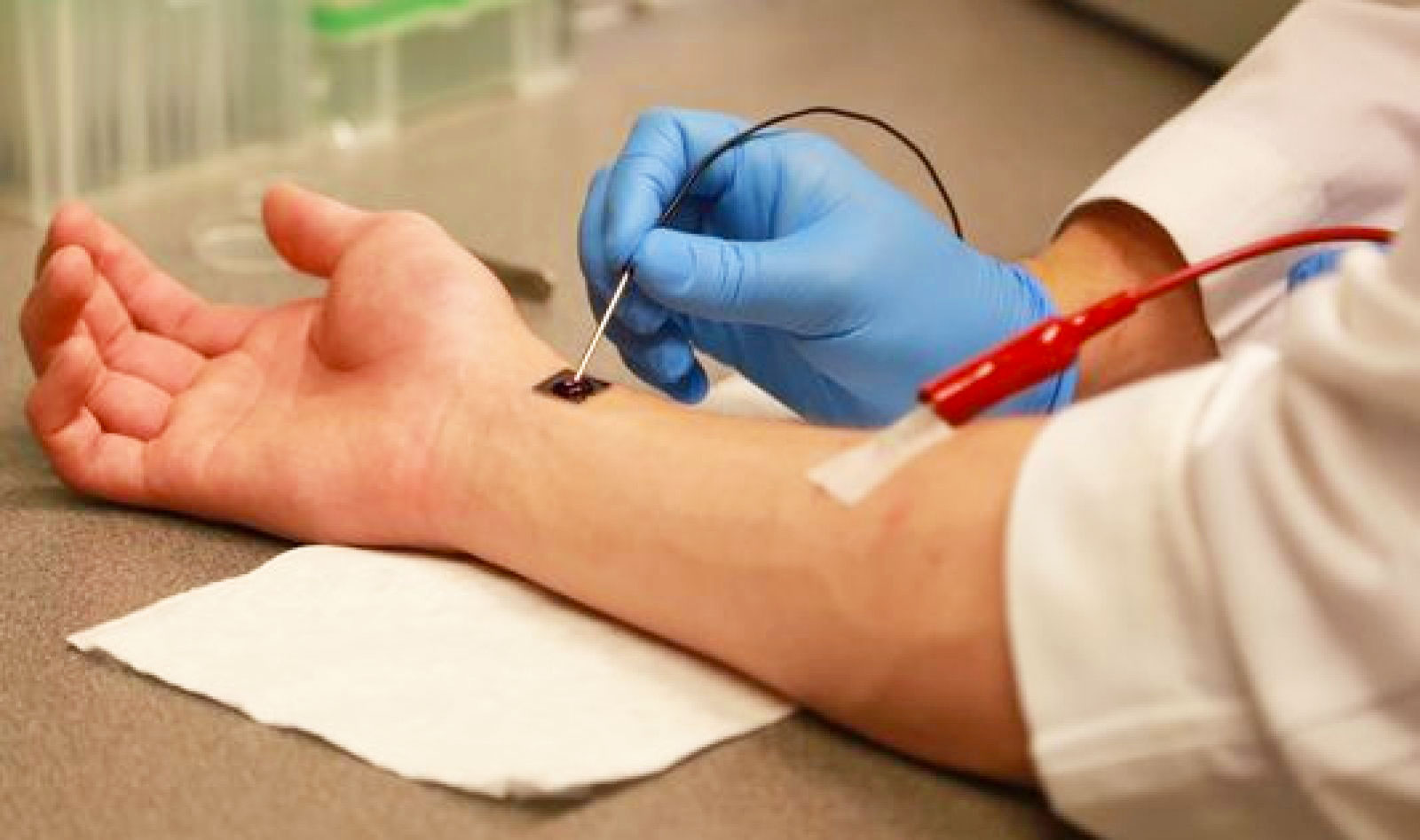
High-energy laser fusion experiments evoke extreme numbers -- not only in power but also in greenbacks. Sure, the current champ at the National Ignition facility in Livermore, CA can pump out a 411 trillion watt pulse, but at what price? A taxpayer-busting $200,000 per shot, with a $4 billion original construction cost. Compared to that, the new Ohio State University's 500 trillion watt model seems bargain-basement, built with a mere $6 million grant from the US Department of Energy. Admittedly, that paltry sum get you a much shorter burst, lasting 20 picoseconds compared to the NIF's several nanoseconds. But with the ability to fire 100 or more times per day, instead of just once like it's pricier kin, Ohio State will be able to assist the NIF with their fusion experiments, while also carrying on its own science, like simulating star formation. And money aside, the possibility of unlimited fusion-powered energy is always a noble goal, no?
Buckeyes to fire 500 trillion watt laser May 15th in a short, cheap burst originally appeared on Engadget on Tue, 24 Apr 2012 08:28:00 EDT. Please see our terms for use of feeds.
Permalink  The Columbus Dispatch
The Columbus Dispatch |
 Gizmodo
Gizmodo |
Email this |
Comments
 Highway traffic monitoring is frequently... less than efficient. Fixed cameras can't catch problems beyond their immediate location, while aircraft are both costly and inevitably have to fly back to a distant base to refuel. These systems may soon...
Highway traffic monitoring is frequently... less than efficient. Fixed cameras can't catch problems beyond their immediate location, while aircraft are both costly and inevitably have to fly back to a distant base to refuel. These systems may soon...
 Highway traffic monitoring is frequently... less than efficient. Fixed cameras can't catch problems beyond their immediate location, while aircraft are both costly and inevitably have to fly back to a distant base to refuel. These systems may soon...
Highway traffic monitoring is frequently... less than efficient. Fixed cameras can't catch problems beyond their immediate location, while aircraft are both costly and inevitably have to fly back to a distant base to refuel. These systems may soon...
 Wireless networks already have to deal with increasingly crowded waves, and that's only going to get worse when 5G rolls around. Any boost to the signal could lead to a big jump in performance, especially when you're using very high frequencies that...
Wireless networks already have to deal with increasingly crowded waves, and that's only going to get worse when 5G rolls around. Any boost to the signal could lead to a big jump in performance, especially when you're using very high frequencies that...
 A new device can begin repairing damaged organs in seconds, heralding a major breakthrough for life-saving medicine. Developed at Ohio State University, the technology known as tissue nanotransfection (TNT) uses a small coin-sized silicone chip that...
A new device can begin repairing damaged organs in seconds, heralding a major breakthrough for life-saving medicine. Developed at Ohio State University, the technology known as tissue nanotransfection (TNT) uses a small coin-sized silicone chip that...
 What if windmills looked more like trees? Well, a team of engineers at Ohio State University is looking for answer to that question with structures that resemble trees, but actually create energy when they move in the breeze. That swaying motion from...
What if windmills looked more like trees? Well, a team of engineers at Ohio State University is looking for answer to that question with structures that resemble trees, but actually create energy when they move in the breeze. That swaying motion from...



